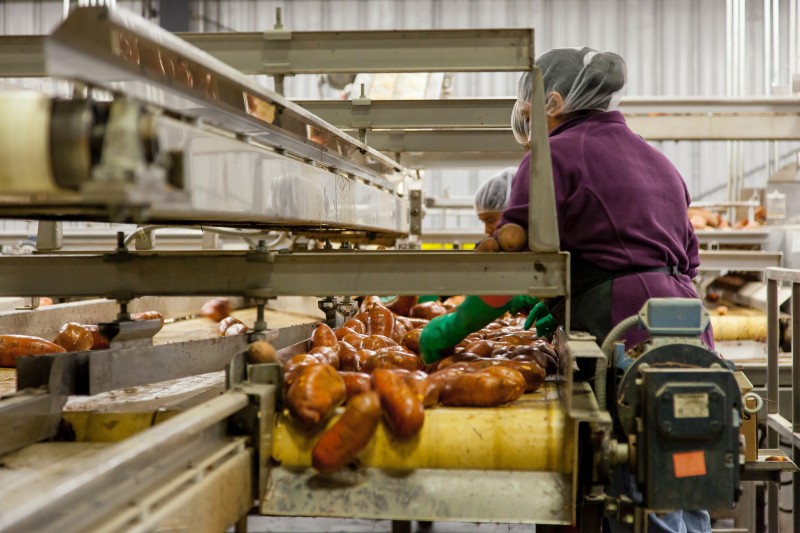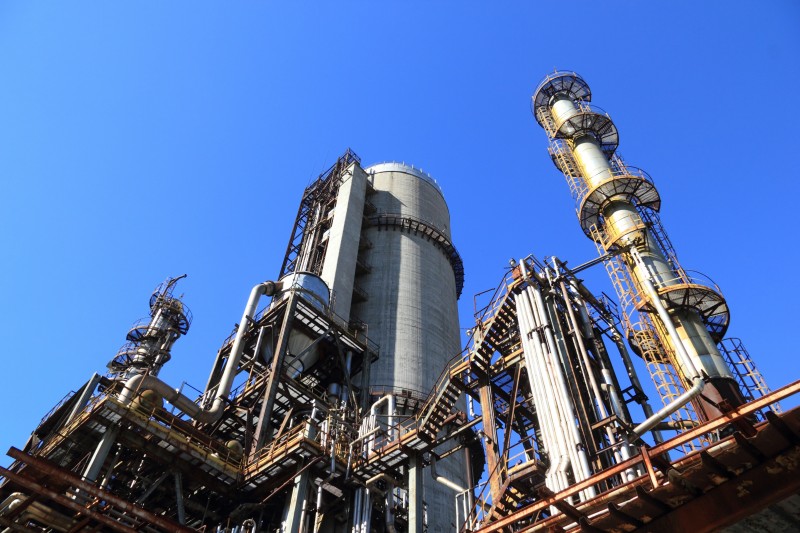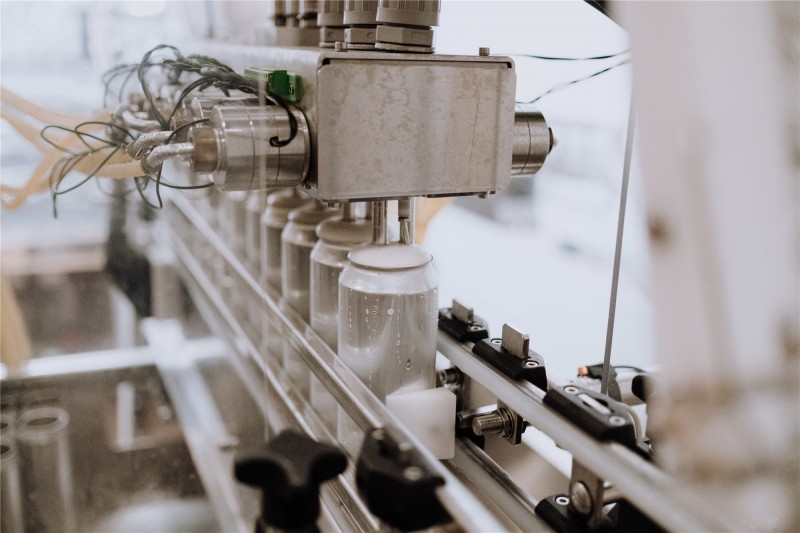Food processing aids are used as various substances to assist the smooth production and processing of food, so what are food processing aids specifically, what are they included, and what are the common problems when using them? Foodmate has summarized relevant contents for your reference.
1. Definition and principles of food processing aids use
1.1 Definition of food processing aids
"National Food Safety Standard, Use of Food Additives" (GB 2760-2014) stipulates that processing aids for food industry are various substances that ensure the smooth progress of food processing and have nothing to do with the food itself, such as filter aids, clarification, adsorption, and film removal, decolorization, peeling, extraction solvent, nutrients for fermentation, etc.
Processing aids for food industry also belong to the management category of food additives, but different from food additives in the general sense. Processing aids do not play a functional role in the food itself, but only due to the needs of the process, various substances added in the food processing process can ensure the smooth progress of food processing, such as film removal agents, enzyme preparations, etc.
1.2 Principles of use
1.2.1 Processing aids should be used in food processing and have corresponding functions such as filter aid, clarification, adsorption, film removal, etc., to help the smooth progress of food processing technology. On the premise of meeting the needs of the process, the use of processing aids should be minimized.
1.2.2. Processing aids are used to ensure the smooth progress of food processing. Processing aids have nothing to do with the food itself and should not play a functional role in the final food. Some processing aids, if ingested too much, will be detrimental to human health and should be removed as much as possible before making the final product. Moreover, there are also some processing aids that may contain harmful impurities. If they cannot be completely removed, the residual amount should be reduced as much as possible. For example, ethanol is widely used as an extraction solvent in food processing, but ethanol contains harmful impurities such as methanol and fusel oil. It is necessary to achieve the purpose of controlling harmful impurities through the quality and safety indicators of ethanol itself and reducing the residual amount of ethanol in the final food product as much as possible.
1.2.3 The national health administrative department has formulated corresponding product standards for processing aids, such as "National Food Safety Standard, Food Additive Ethanol" (GB 30610--2014), etc. The use of ethanol as a processing aid corresponds to various quality specifications in its corresponding product standards.
2. Questions about Food Processing Aids
2.1 What are the food processing aids, how to determine the scope of use and the limit of residues
Table C.1 of "National Food Safety Standard, Use of Food Additives" (GB 2760-2014) specifies the list of processing aids (excluding enzyme preparations) that can be used in various food processing processes and whose residues do not need to be limited, with a total of 38 kinds; Table C.2 specifies the list of processing aids (excluding enzyme preparations) that require specified functions and scope of use, with a total of 77 kinds; Table C.3 specifies the enzymes allowed to be used in food processing, with a total of 54 kinds.
Example: Can hydrogen peroxide be used as a processing aid in the production of chicken feet?
Hydrogen peroxide is a processing aid specified in GB 2760, but hydrogen peroxide is added during the production of chicken feet to play the function of bleaching agent and preservative in the product to improve the color of the product and prolong the shelf life. The situation does not meet the definition and principles of processing aids use in GB 2760. Therefore, hydrogen peroxide cannot be used as a processing aid in the processing of chicken feet.
2.2 Some substances are both general food additives and processing aids. How to distinguish them when they are used?
The food additives specified in Appendix A of "National Food Safety Standard, Use of Food Additives" (GB 2760-2014) mainly play a functional role in food, and the processing aids specified in Appendix C mainly play a technological role in the process of food production, and does not play a functional role in the final food produced. When a substance is listed in both Annex A and Annex C, it shall be used in accordance with the corresponding regulations according to the functional role played.
2.3 Can food raw materials be used as processing aids?
According to the implementation guidelines of GB 7718, processing aids can be food raw materials or substances listed in Table C of GB 2760.
2.4 Do processing aids for food industry need to be marked?
According to the Q&A of the "General Rules for Prepackaged Foods Labeling" (GB7718-2011), the labeling statement about processing aids "does not need to be labelled"; the labeling statement about enzyme preparations is "If the enzyme preparation has lost its enzymatic activity in the final product, it does not need to be labeled; if the enzyme preparation still maintains the enzyme activity in the final product, it should be arranged in the corresponding position of the ingredient list in accordance with the relevant regulations indicated in the food ingredient list and the amount of enzyme preparations added during the manufacture or processing of food.”
Summary
The above introduces some relevant knowledge of processing aids for food industry. In addition, when enterprises use food processing aids for production, under the premise of meeting the needs of the process, they should try to reduce the amount of processing aids used and remove them as much as possible before making the final product.




